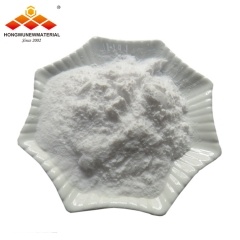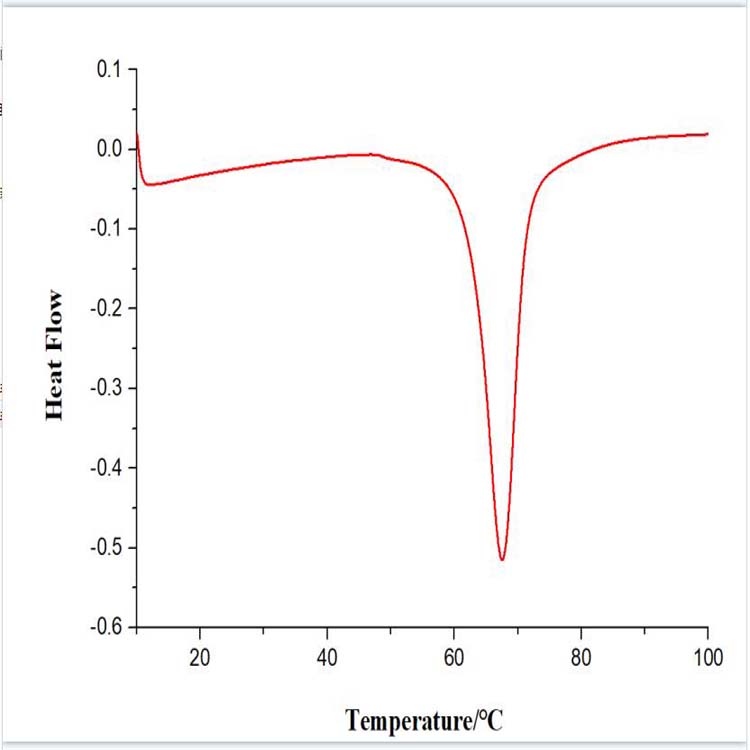New result of the graphene laminate coatings can improve the thermal conductivity of plastic materials by up to 600 times. could substantially increase the potential range of practical applications for plastics, allowing them to be used in areas not possible until now – like solid-state lighting and in thermal management applications, such as cooling down electronic chips.
Nano graphene is a flat sheet of carbon atoms arranged in a honeycombed lattice. It has been attracting the attention of scientists and engineers alike since it was first created in 2004 by mechanical exfoliation of bulk graphite. The unique electronic and thermal properties of graphene could come in useful for making a host of novel electronics devices. These include transistors that are faster than any that exist today thanks to the fact that electrons move extremely fast in the carbon material.
Nano graphene by itself has a very high intrinsic thermal conductivity, in the 2000–5000 W/mK range near room temperature, which is greater than the thermal conductivity of diamond (the best bulk heat conductor known). Although the thermal conductivity of graphene does drop when it is placed on a substrate, it still remains relatively high. The thermal conductivity decreases because phonons – quantized vibrations of the crystal lattice that transport heat – couple across the different atomic layers in the carbon material and this phonon scattering disrupts heat conduction.
The researchers used a non-contact optothermal Raman technique for the thermal measurements. In this technique, the micro-Raman spectrometer is used as a sort of thermometer to measure temperature increases of the sample, and the exciting laser employed in the apparatus is also used as a heater.
The thermal conductivity of PET on its own is very low – in the 0.15–0.24 W/mK range at room temperature – and other plastic materials are also poor conductors of heat. This drawback prevents plastics from being employed in many applications that could benefit from their low cost, durability and light weight. Researcher proves that a few micron-thick graphene layer deposited on plastic films can drastically improve the way they conduct heat so make the applications possible.


 English
English français
français Deutsch
Deutsch русский
русский italiano
italiano español
español português
português 日本語
日本語 한국의
한국의 Türkçe
Türkçe

















 8620-87226359,8620-87748917
8620-87226359,8620-87748917

